The largest outlook on the northwest!It's it!Located in Qilihe, Lanzhou!
Author:Gansu Provincial Department of Time:2022.08.19
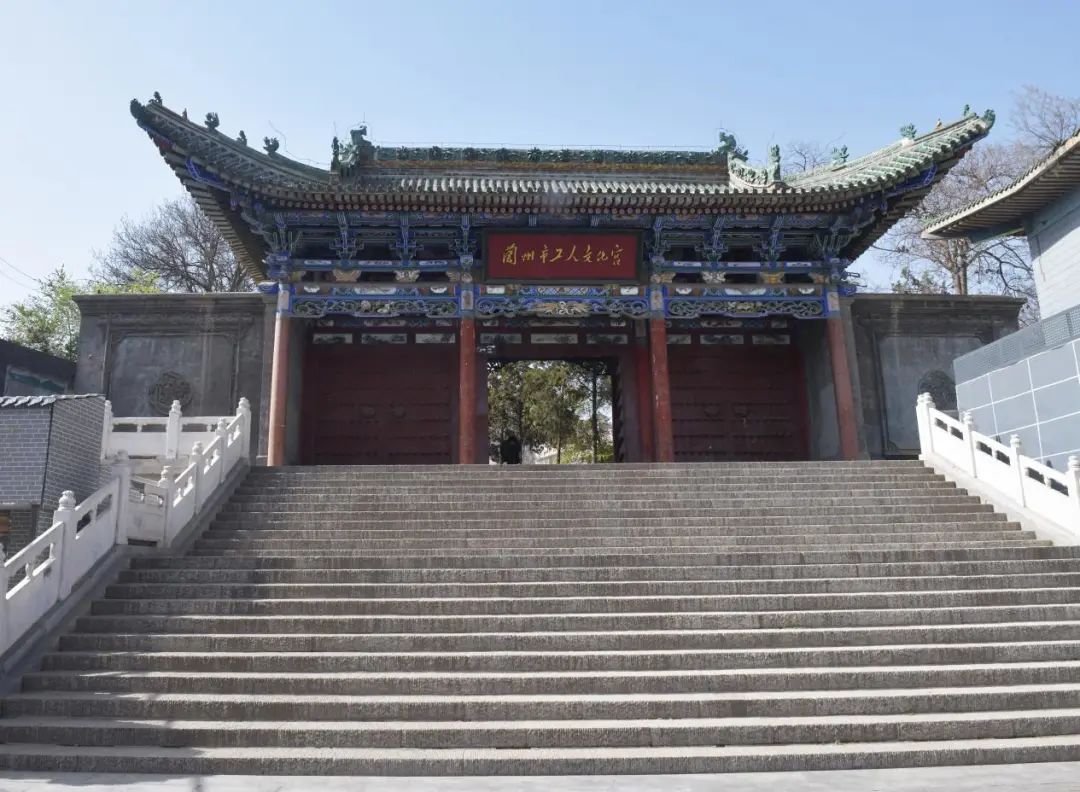
Golden Guan Gate
Jin Tianguan, a national key cultural relics protection unit, is located at No. 3 Xijin East Road west of Leitan River on Qilihe District, Lanzhou City. Repair and increase. The scale of the building complex is huge, south to south, covering an area of 57.9 acres, and the three axis layouts of China, East, and West. The central axis is arranged from south to north in order to arrange the Yuantan Temple, Zhenwu Temple, Jiutianmen, Fazu Hall, Tianshi Hall, Leizu Hall and Corridor, Sanqing Hall, Jade Emperor Pavilion, Laozi Hall, etc.; Nanyi is the gate, the hall, the Quexing Pavilion, the Quexing Pavilion east to west, Wenchang Palace, Wenchang Palace West Chamber, Yunshui Hall, and West Wanghe Building; the western axis from south to north is the Sangong Temple, Ci Mu Palace, and Huayu Hall , Taoism Hall, etc. The three -way building is wrong and the arrangement is orderly. The historical style and layout of the entire ancient building group are basically complete, and the single building is well preserved.
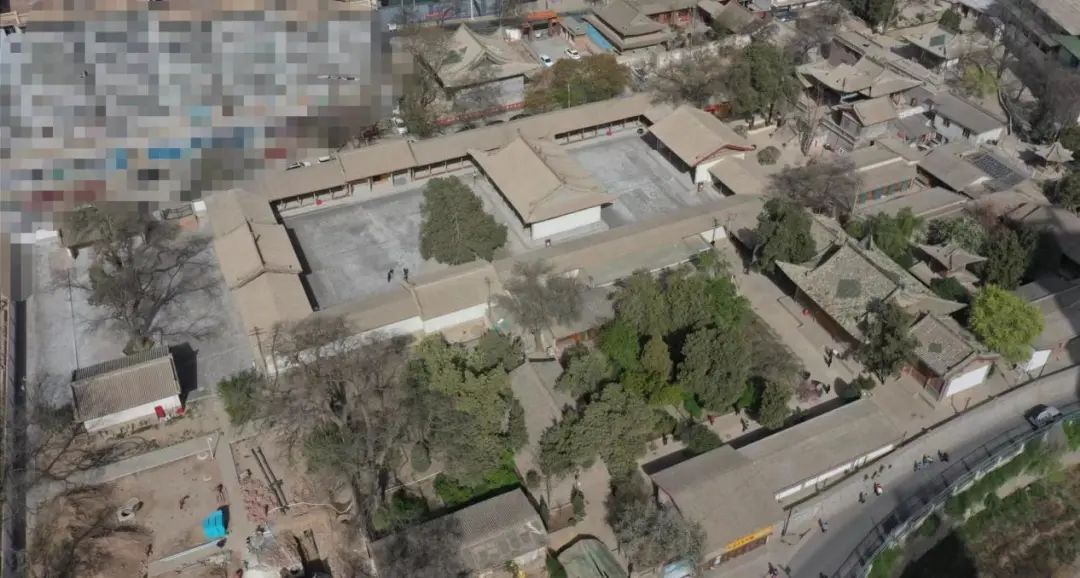
Jin Tianguan

Kui Xingge
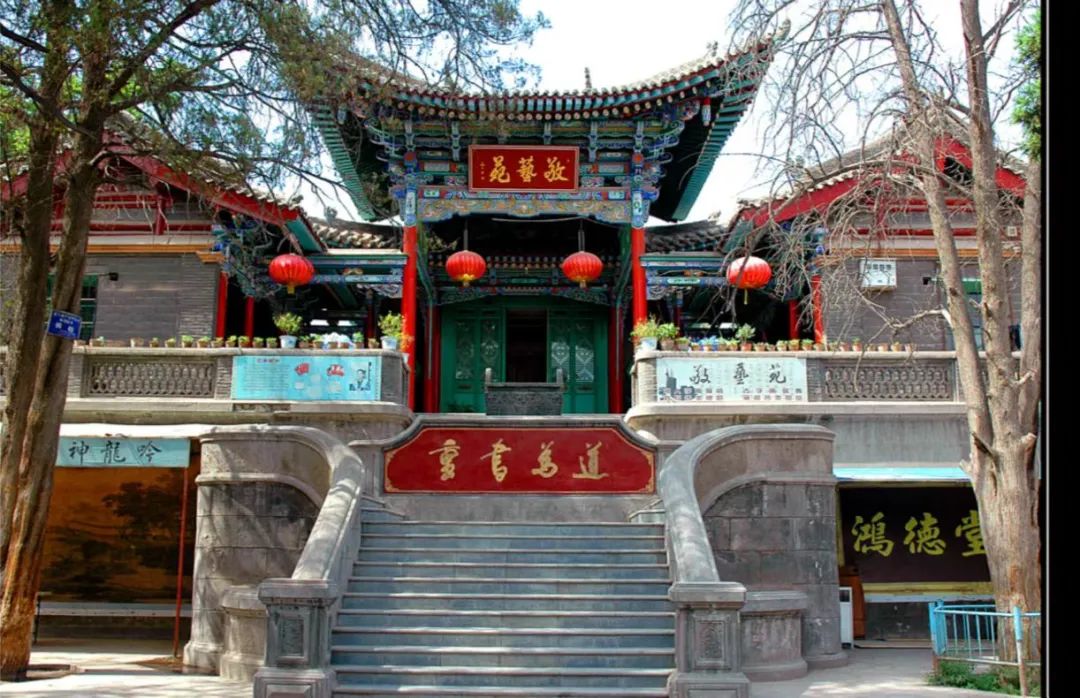
Jade Emperor Pavilion
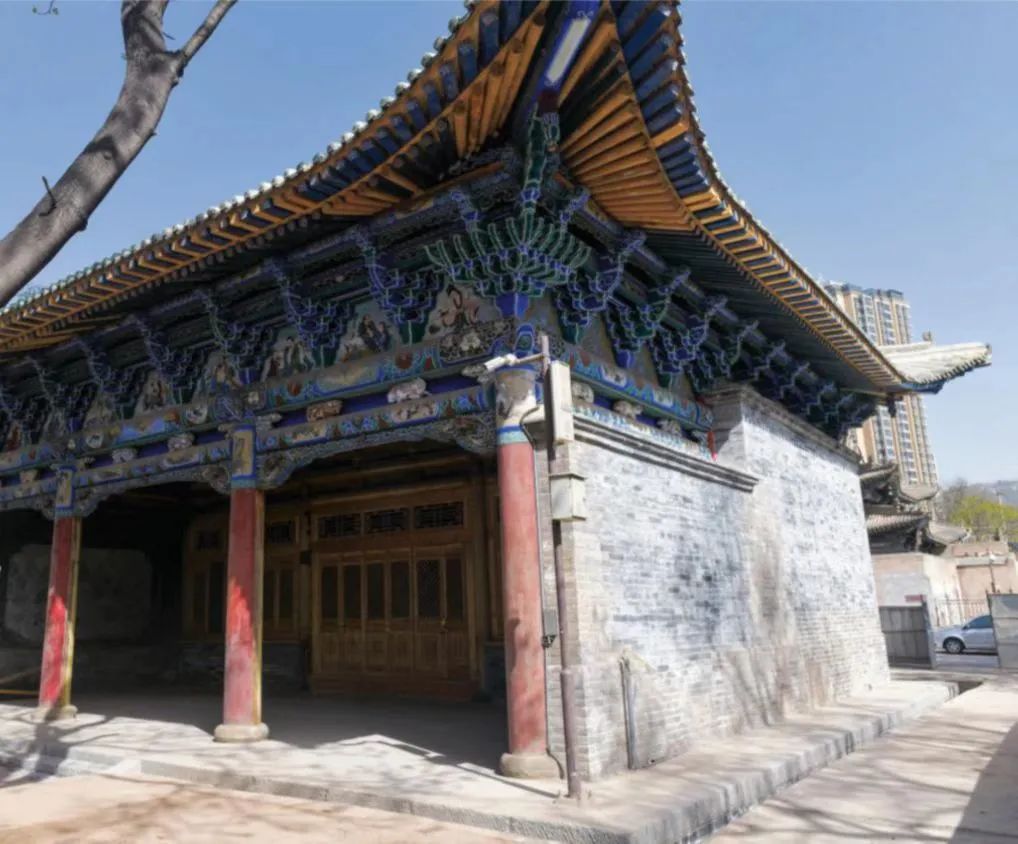
Sangong Temple
According to the "History of the Ming Dynasty", in the 11th year of the Ming Hongwu (1378), the fourteenth son Zhu Yuanzhang Zhu Yuan, Zhu Yuanzhang, was the Han king. "Pingliang", "Twenty -eight years (1395), Ganzhou (now Zhangye)". In the first year of Jianwen (1399), the King's Mansion was Qianlan from Ganzhou. In order to avoid the princes' separation and spiritual and cultural needs, the King Zhu Xi, the King of the Agan River, who had a mountain waters and a "fairy dance sleeve" terrain, and the former Yunfeng Temple of the Tang Dynasty, and the old site of the Jiuyang View of the Song Dynasty. Because of the west of the city, it was completed in the autumn. According to the theory of Yin and Yang Five Elements, the West and autumn belonged to gold. In the early years of Ming Yongle, the name "Golden Tiansuan" was given. Because of the main worship of "Lei Zu", the folk is called "Thunder Altar", and the Agan River is also known as the Leitan River.
After the completion of the Jin Tianguan, King Zhu Xiyan of Su Wang asked the disciple of Wudang Mountain Zhang Sanfeng, Yu Xu Palace, Sun Biyun, as the first chairmanship of Jin Tianguan. With the support of King Su, Sun Biyun and Wang Yizheng were hired by Jin Tianguan and attracted them. The people, talk about the Taoism, spread the teachings that advocate Qingxu and nature, and open the new style of Lanzhou Taoism, which has a great impact on the local and surrounding areas. Jin Tianguan has become the Taoist center of the Ming Dynasty Gansu.
In the thirty -first year of the Ming Jiajing (1552), Jin Tianguan was rebuilt. In the twelfth year of the Yongzheng of the Qing Dynasty (1734), the forty -six years of Qianlong (1781) of the Qianlong of the Qing Dynasty were destroyed by soldiers. In the eighth year of the Qing Dynasty (1803), Gansu's administrative envoy Cai Tingheng advocated donations, Guan Kun donated, and rebuilt in the twelfth year of Jiaqing (1807). In the three years of Daoguang (1823), the Governor of Shaanxi and Gansu, Nasaki Nahiro, created the Avin Cheng Gong Temple for his grandfather Agui in Lei Tan. In the 21st year of Daoguang (1841), the Qing government built the Sangong Temple on the west side of Leitan.
The Jin Tianguan of the Ming and Qing Dynasties has added a variety of buildings such as Sanguang Hall, Sanuan Hall, Ci Mu Palace, Wenchang Palace, Kui Xing Pavilion, Yunshui Hall, and Bagua Pavilion. Jin Tianguan gradually became the largest Taoist outlook in the northwest.
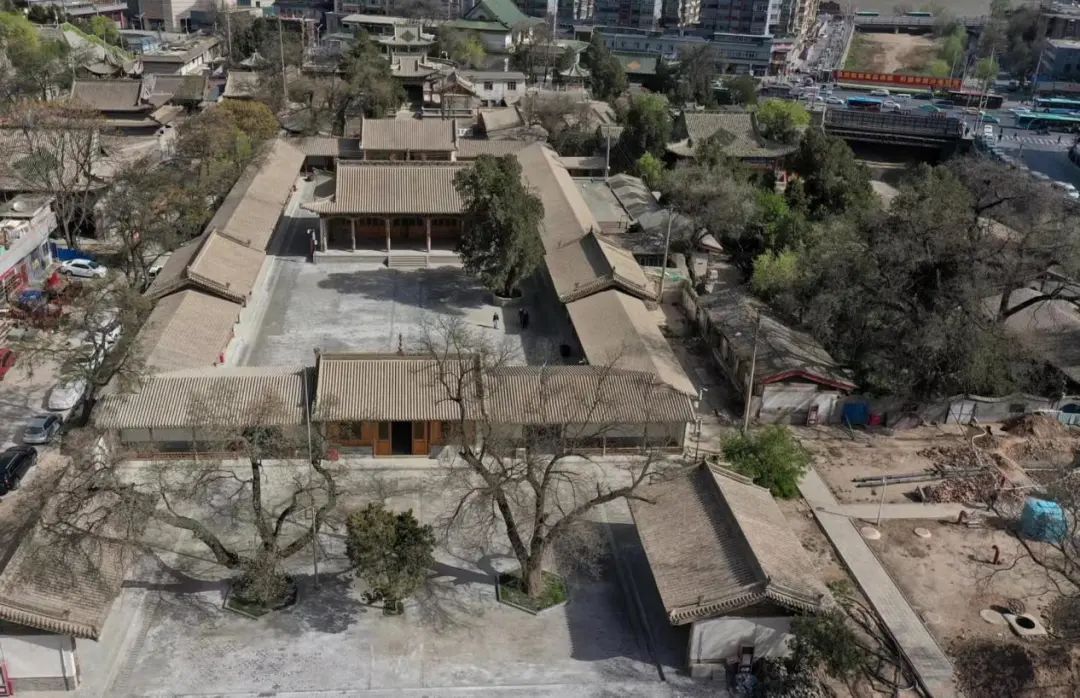
Golden Tiantuan Lei Zu Temple
Golden Tiansuanyuan Gate is located south of the building complex. The title is "Golden Tiansuan" (now the gate moves to the west of Xijin Road on the north side, the title "Lanzhou First Workers' Cultural Palace"), the front of the gate is the main building of the Thunder Altar, the thunder altar The main entrance question "Nine Tianmen", the original entry of Leigong, Electric Mother, Feng Bo, and Yu Shi. There are three -level brick platforms in the middle of the Thunder Altar, and a bronze tripod is set up in the middle of the middle, namely the altar of the thunder. There is Temple Temple in the east.

Lei Zu Temple
There are corridors around the Leitan courtyard. Among them, the southern corridor was originally painted with "Thunder Rental Tour" and "Lei Zu Return to Palace Map" murals. The two -sided corridor in the middle of the central part is painted in the Ming Yongle period of "Golden Xuanyuan Taishang Laojun" murals, commonly known as "Lao Tzu's 81st Map". The characters are vivid, the lines are smooth, and the story is complete. Four years (1925) Chen Wanli (1872-1969), a well-known ceramist and photography art pioneer in my country (1872-1969), also described in his "Westward Diary": "Yu thinks the Buddhist picture, or stone carvings, or drawing, still It can be seen that the Taoist deeds should not be heard before. Although the two corridors of Jin Tianguan are painted by the time, all are intact, ... knowing that Lanzhou has this tunnel mural. "
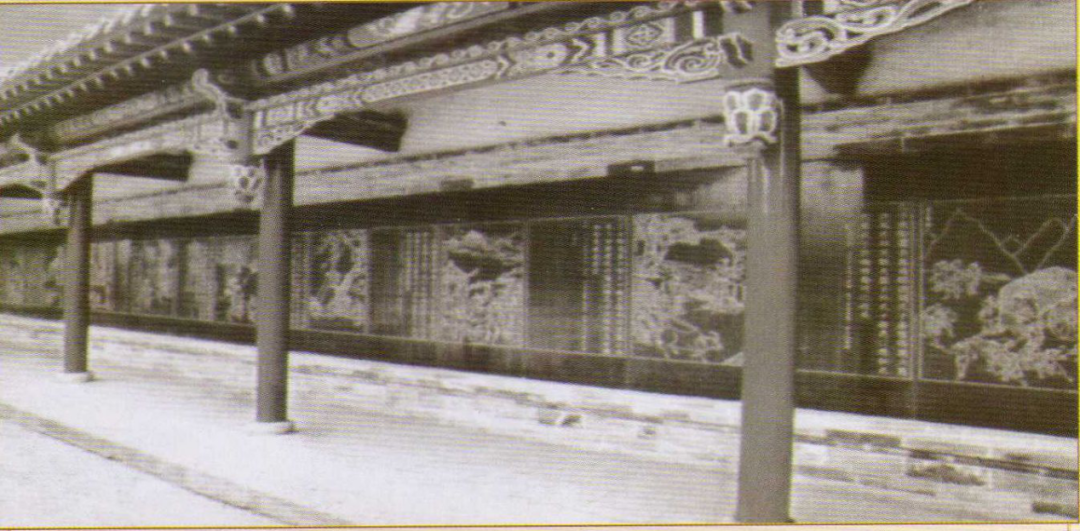
Old photo
Jin Tianguan also survives 10 listed ancient trees such as Tang Huai and Wen Guanguo, including 10 ancient precious monuments such as ancient trees and blue blood monuments. There is a legend of the blue blood monument. In the sixteenth year of Ming Chongzhen (1643), Li Zicheng captured He Jin to capture Lanzhou, and the chase was approaching. And death. The king monument Yan Fei sprinkled a bloodstain with blood stains. Whenever rainy weather, the blood stain was very obvious, so it was called "Blood Stele". Later, the Governor of Shaanxi and Gansu, Zuo Zongtang moved to the garden and built the pavilion for protection. This moves in Jin Tianguan.
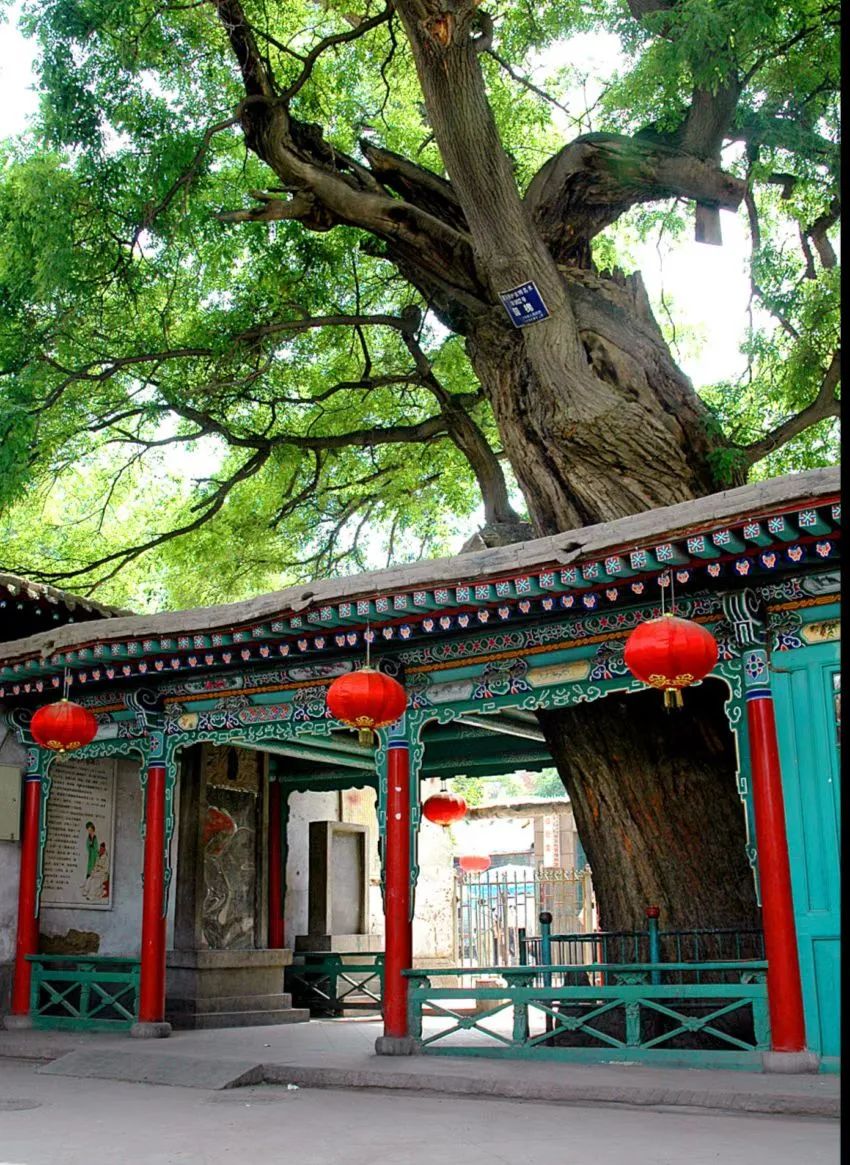
Tanghuai

Blossimer
The Jindian Guan ancient building complex is a typical representative of the ancient building complex of the Ming and Qing Dynasties in the Lanzhou area. It provides a physical basis for the study of the construction technology of Ming and Qing Dynasties in Lanzhou.An important physical testimony in history; Jin Tianguan is an important testimony of the historical traces of the Ming Su King, local politics, and economic history. It has high value in studying the study of the sideline system of the Ming Dynasty princes.EssenceThe preserved Ming Su Wang Qiyan Cao Shu "Blood Blood Stele" and the "Golden Tianduan Mingming" of Lanzhou painter Tang Yan in the Qing Dynasty, such as the "Jin Tian Guanming", have high classic classics.Source: Lanzhou Cultural Tourism
Supply unit: Lanzhou Cultural Insurance Zhongzhong
- END -
"Lu Xun's work evacuation textbook"?Renjiao Agency 4 words response

/On June 29, the People's Education Press published on its official WeChat titled...
What can you take for a handed down photo?

Photography is not a brain surgery. It is not so complicated. It is easier than be...